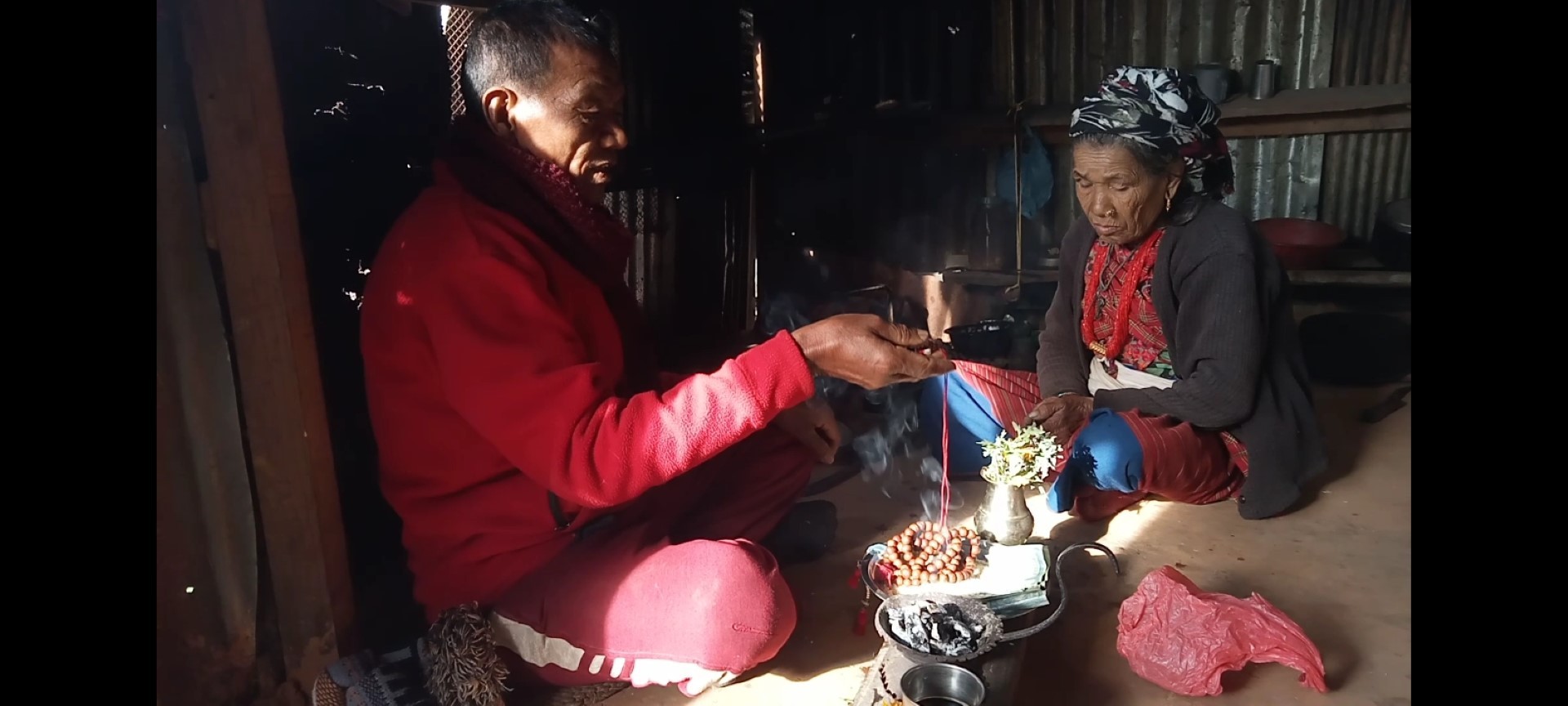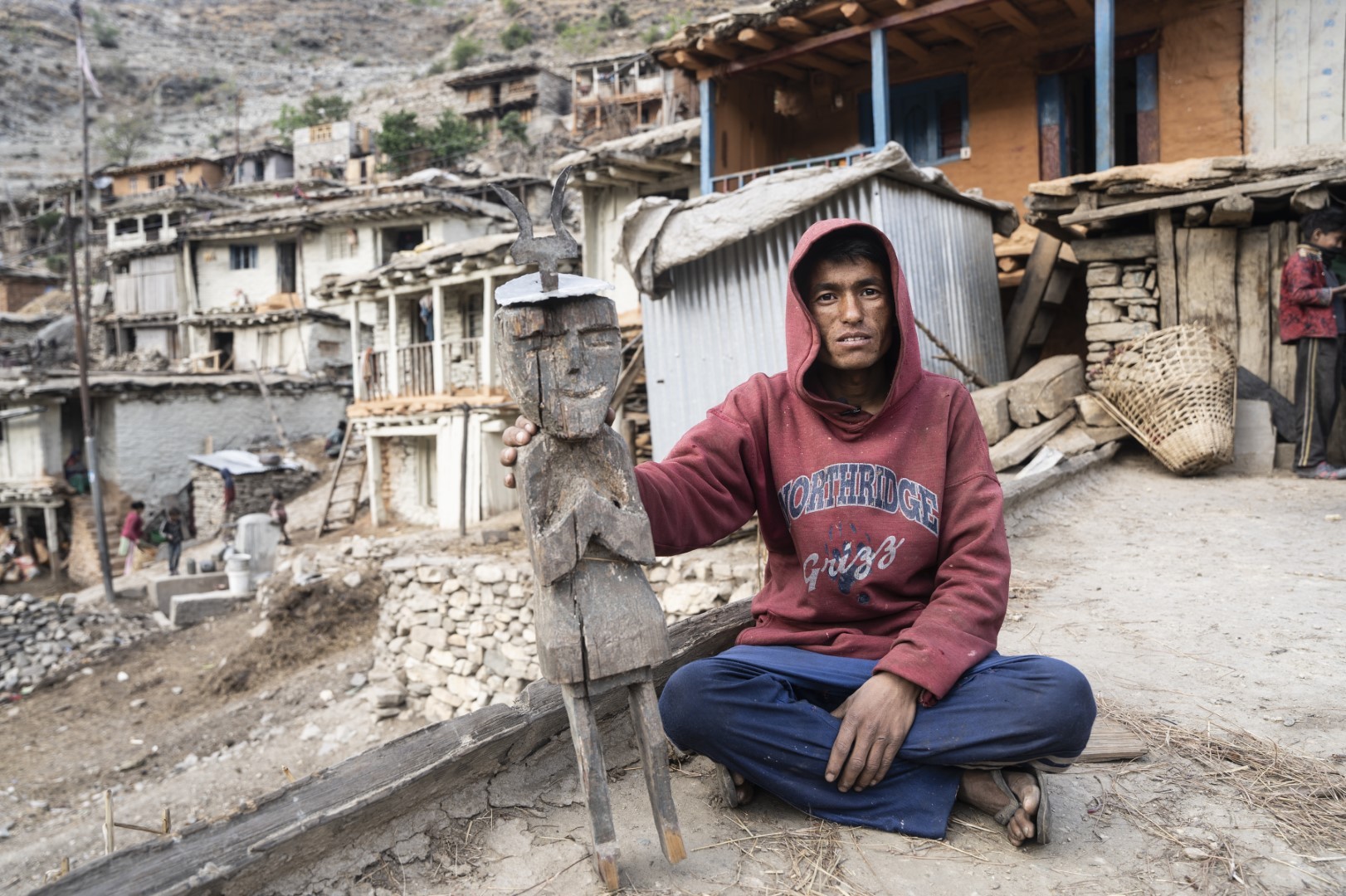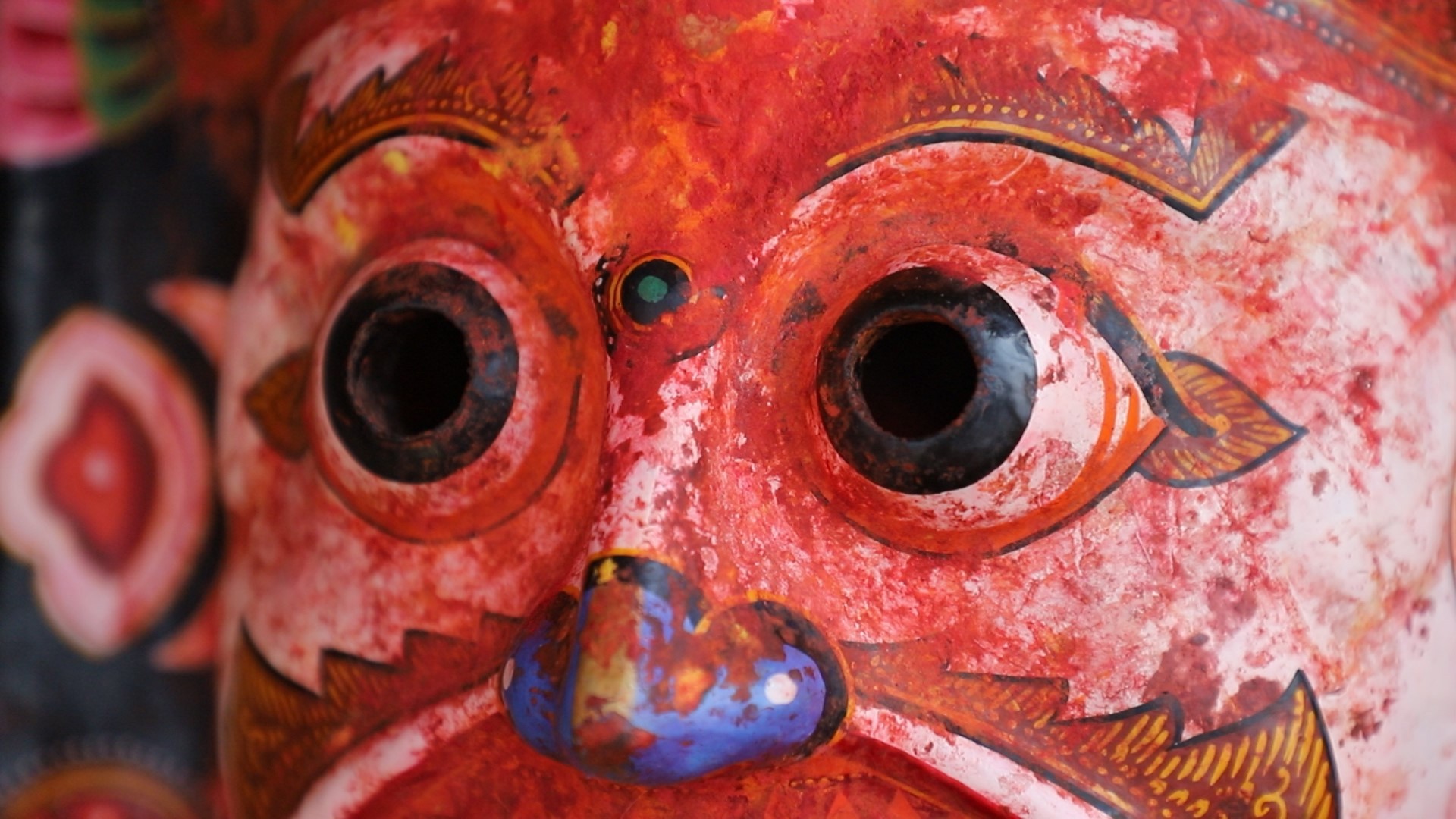
Research by: Suyog Prajapati
Image Credit: Risa Suwal, Suman Banmala, Amuse Group
Orchestrated throughout the year based on the native Nevār lunar calendar, the Navadurgā festival or jātrā brings together the entire city of Bhaktapur. Bhaktapur is organized as a cosmic circle (maṇḍala) with each of the mother goddesses among the Navadurgā gaṇa occupying the cardinal directions. Their physical presence occurs in the form of temples, also known in Nevārī as dya-cheṁ (god-houses) within the city quarters, and as open non-iconic stone shrines at riverside cremation sites surrounding the city. The annual jātrā is controlled by the main Navadurgā dya-cheṁ located at the elevated eastern end of the city. Within the Navadurgā dya-cheṁ, the prospective dancers continue their secret rituals through the resting period between June and October. Once they assume their divine forms, they act in the city’s squares. These then become liminal spaces where the sacred and profane interact through their sequential dance cycles.

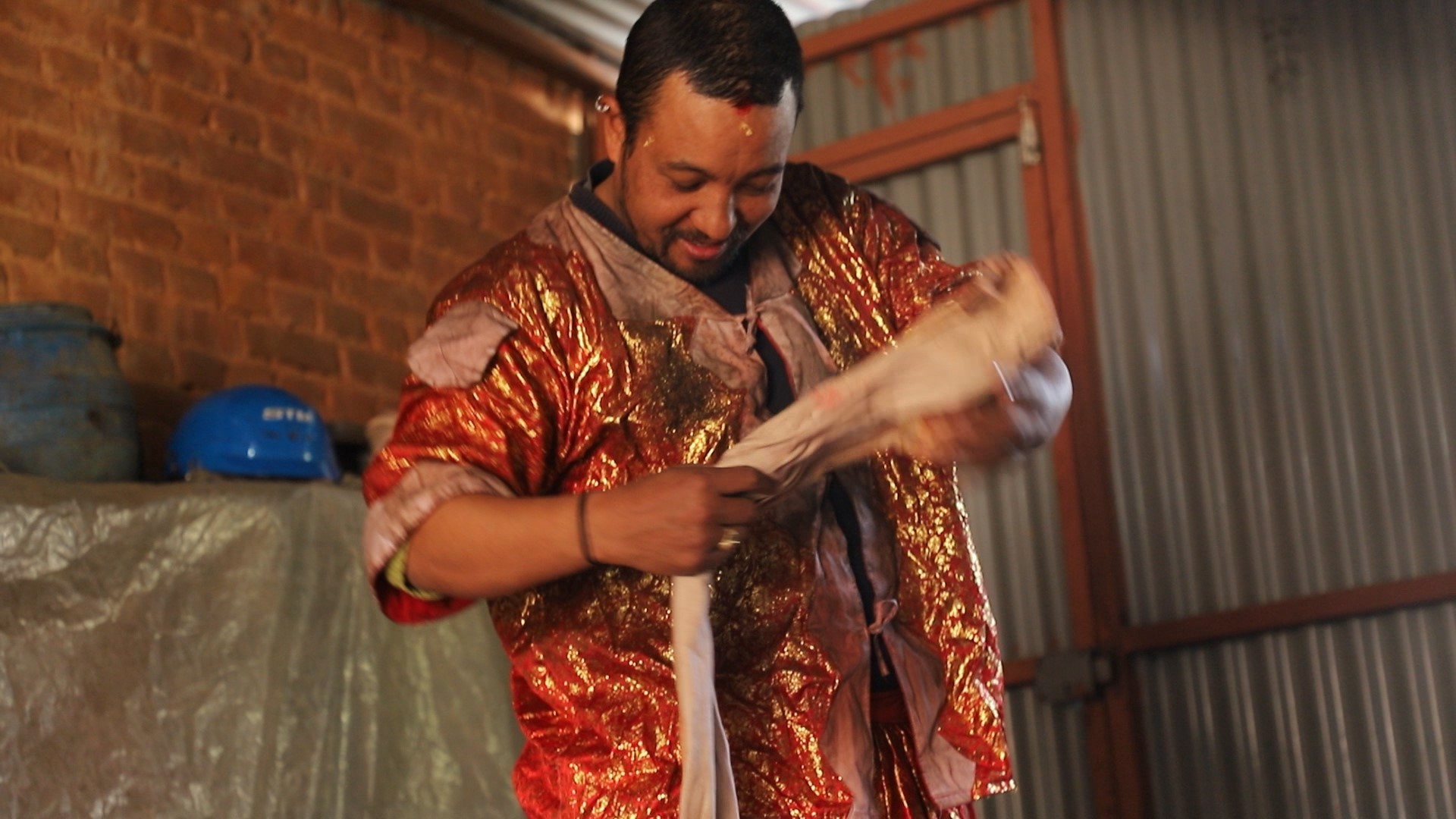
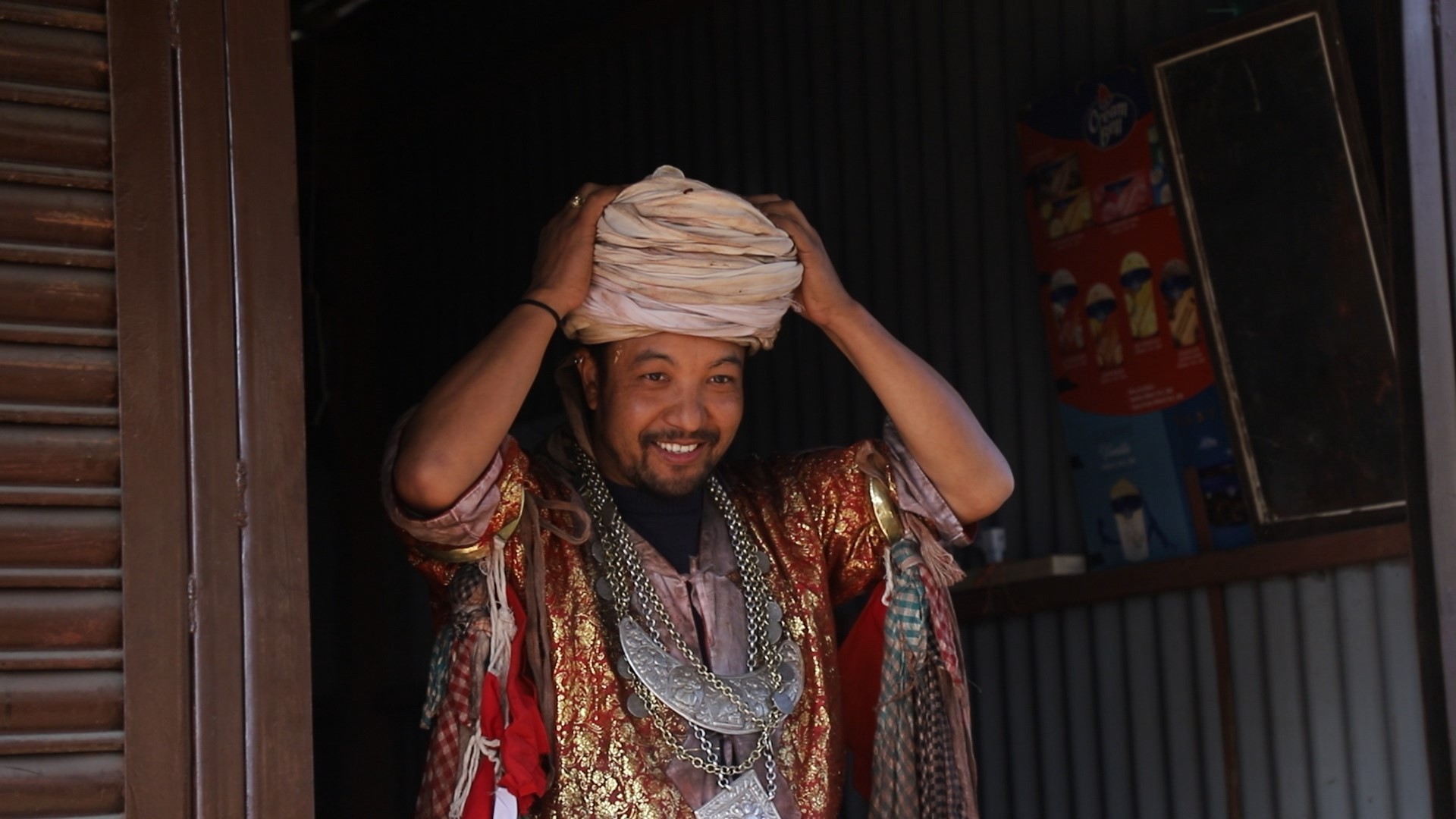
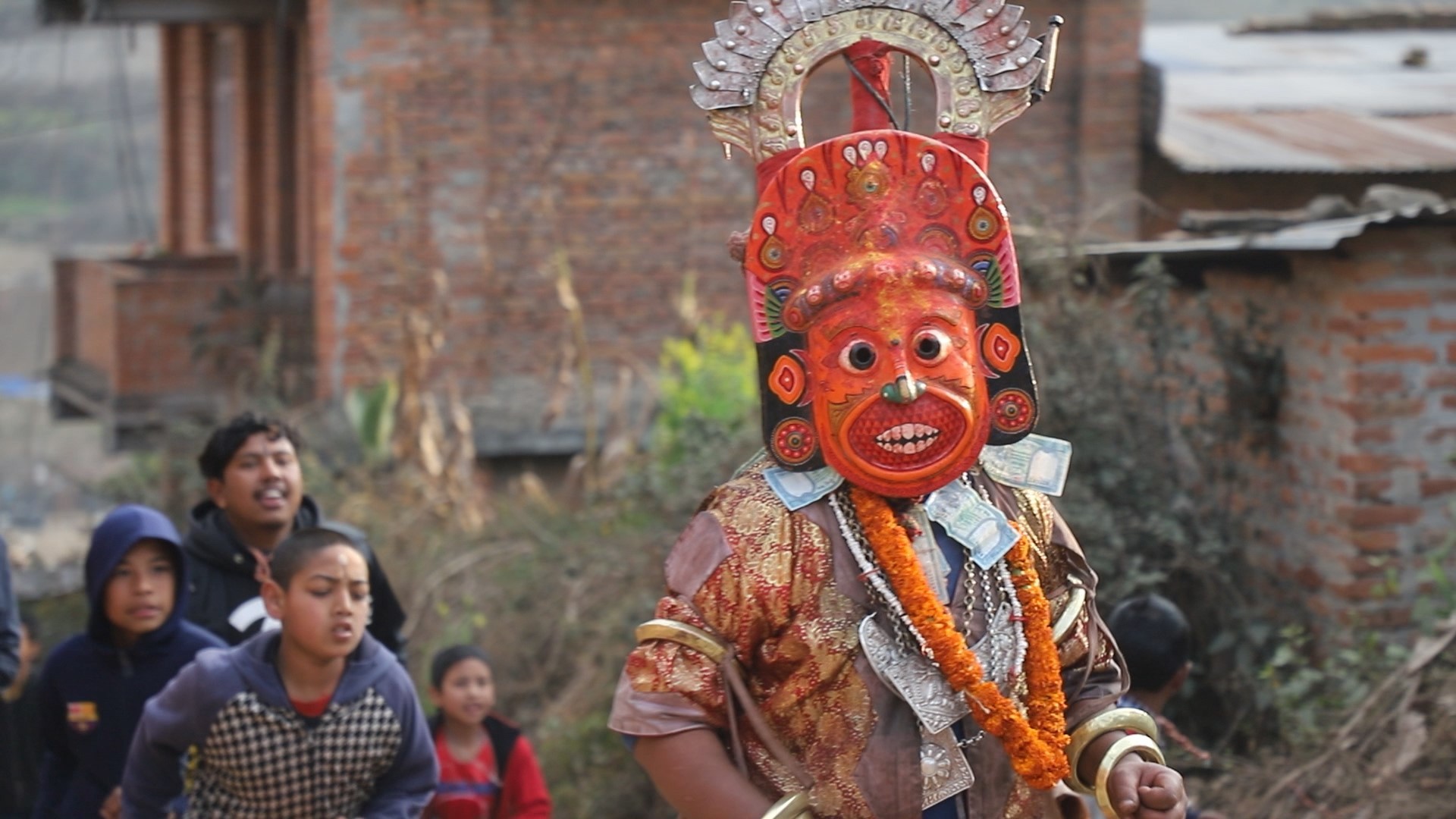
Bala Krishna Banamala is a contemporary artist based in Bhaktapur. He is also a stalwart ritual masked dancer of Bhaktapur’s renowned Navadurgā tradition. Bala Krishna performs in this spectacular itinerant event involving a troupe of twelve dancers wearing large ritually consecrated clay masks. An additional mask, a traditional musical band, and a host of accouterments accompany the dancers. Members of the Shahi community play the musical set that includes the khiṁ, a hand-drum, and two pairs of cymbals, one large and one small. His first-hand role in ritual performance and the fine arts presents a nuanced and poignant dialectic between tradition and modernity.
While performing these cycles, each dancer has to carry their designated masks, clothing, jewelry, and other paraphernalia to the performance squares. Many of these sites are quite far from the main resting temple, and the dancers have to carry the load in a shoulder basket and walk long distances on foot. The dancers must endure the physical toll during these performances since the festival must go on in all weather conditions.
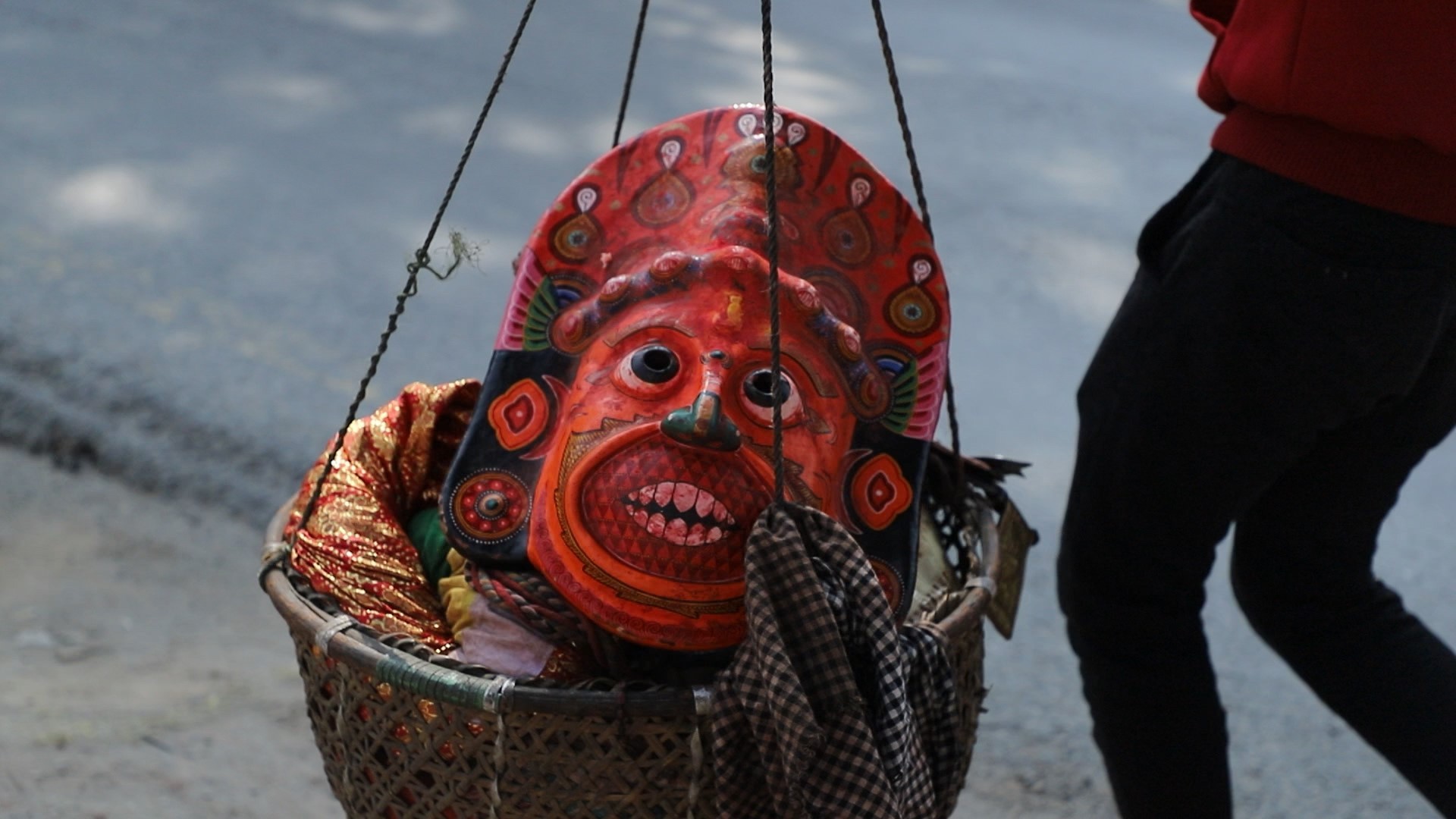
The Banmalas are a part of the Nevār community, the historical inhabitants of the Kathmandu valley. In Bhaktapur, the Banmala community has the sole authority to perform the traditional Navadurgā dance. Considered among the lower rungs of Bhaktapur’s rigid caste hierarchy, the Banmalas have languished both socially and economically compared to other groups. However, the Navadurgā festival provides a deep sense of belonging and purpose for the community. Worshiped as divine incarnates by the larger society, the identity of the masked dancers, all from the Banmala community, is elevated.
For Bal Krishna Banmala, the performative ritual is a core part of his identity and a source of attachment to his community. Having engaged in the tradition since the young age of seven, he considers the upkeeping of the rituals a responsibility to his community.
While unquestionably devoted to continuing the Navadurgā tradition, Bal Krishna also reflects on the hardships. Without significant private or government endowments, upkeeping of the festival is becoming difficult. The rigorous demands of conducting the year-long festival are also restricting for community members.
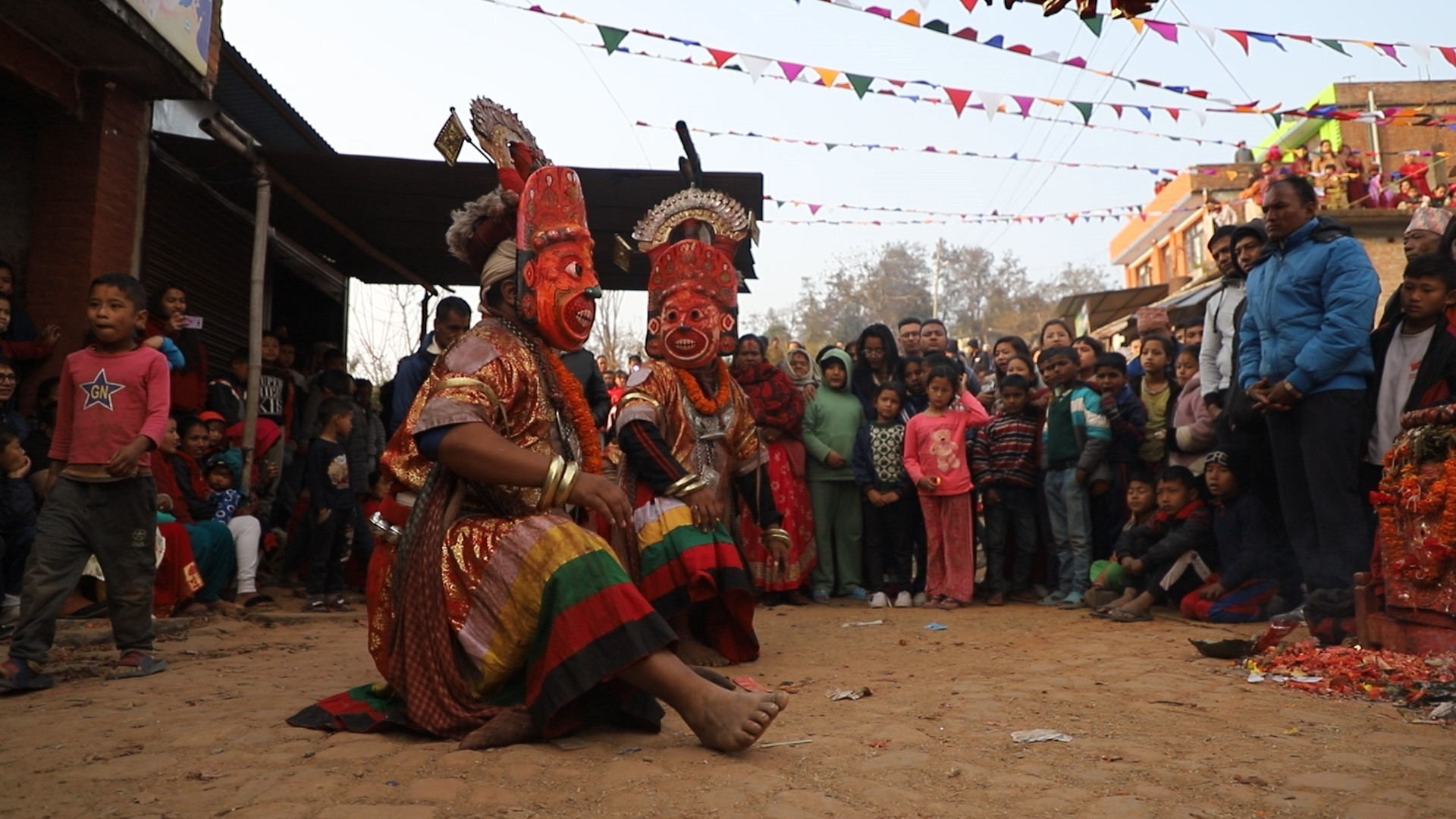
Bal Krishna did not grow up with the freedom to pursue his interests, unlike his peers. His childhood was mostly spent engaged in the festival. However, Bal Krishna is among the few to step out of his family’s realms to engage with Nepal’s fast-changing norms and values. He trained at the Kathmandu University School of Art and Design for his undergraduate and further went on to get a Master of Fine Arts from Tribhuvan University.
Having understood the barriers that his community’s young members face and the economic and physical hardships they endure as adults, Bal Krishna is trying to advocate for a better way out. Through both his performance and through his profession as an artist, he has developed a strong conviction toward redefining the ritual masked dancers’ identity and status, starting with his own.
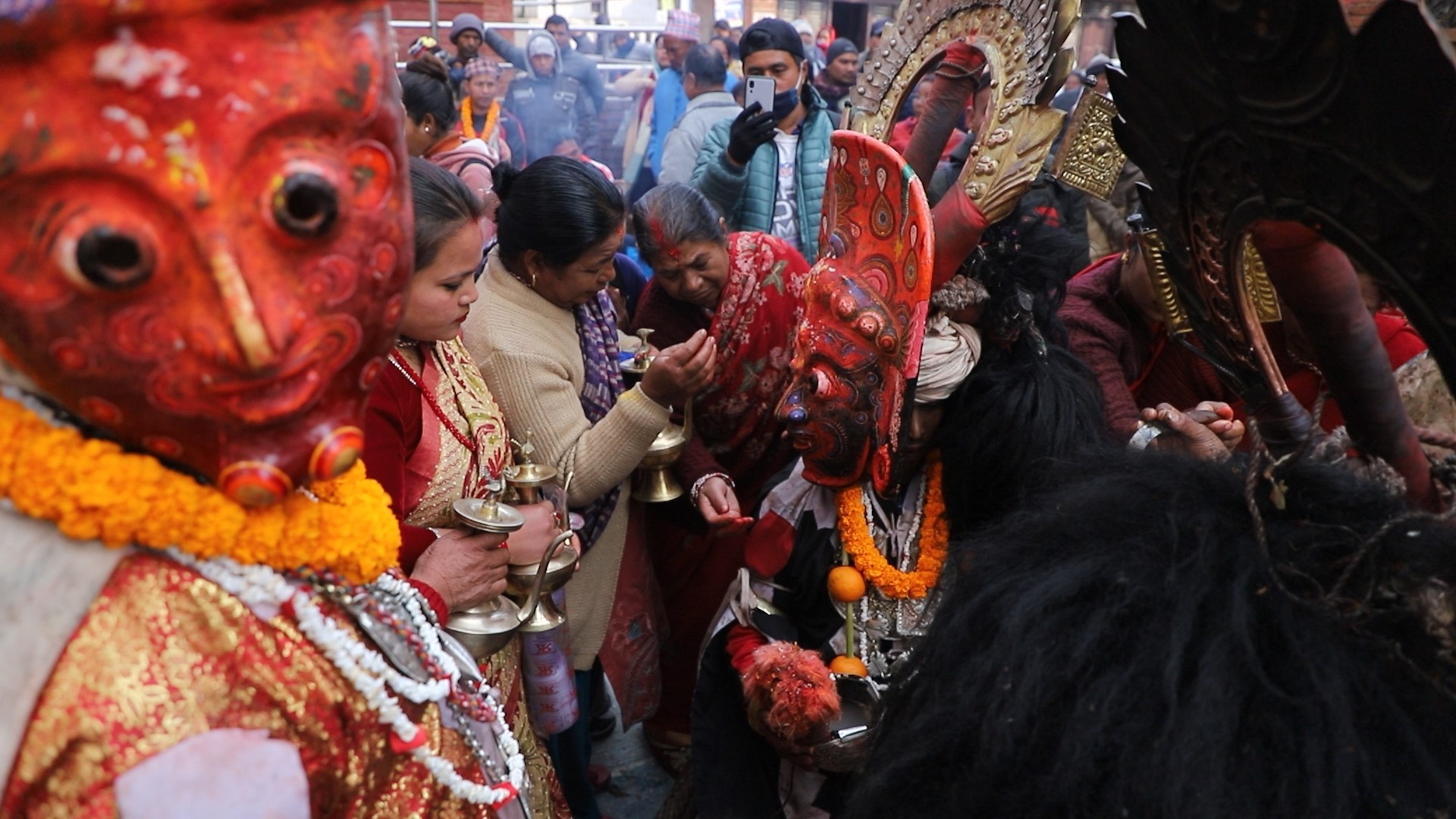



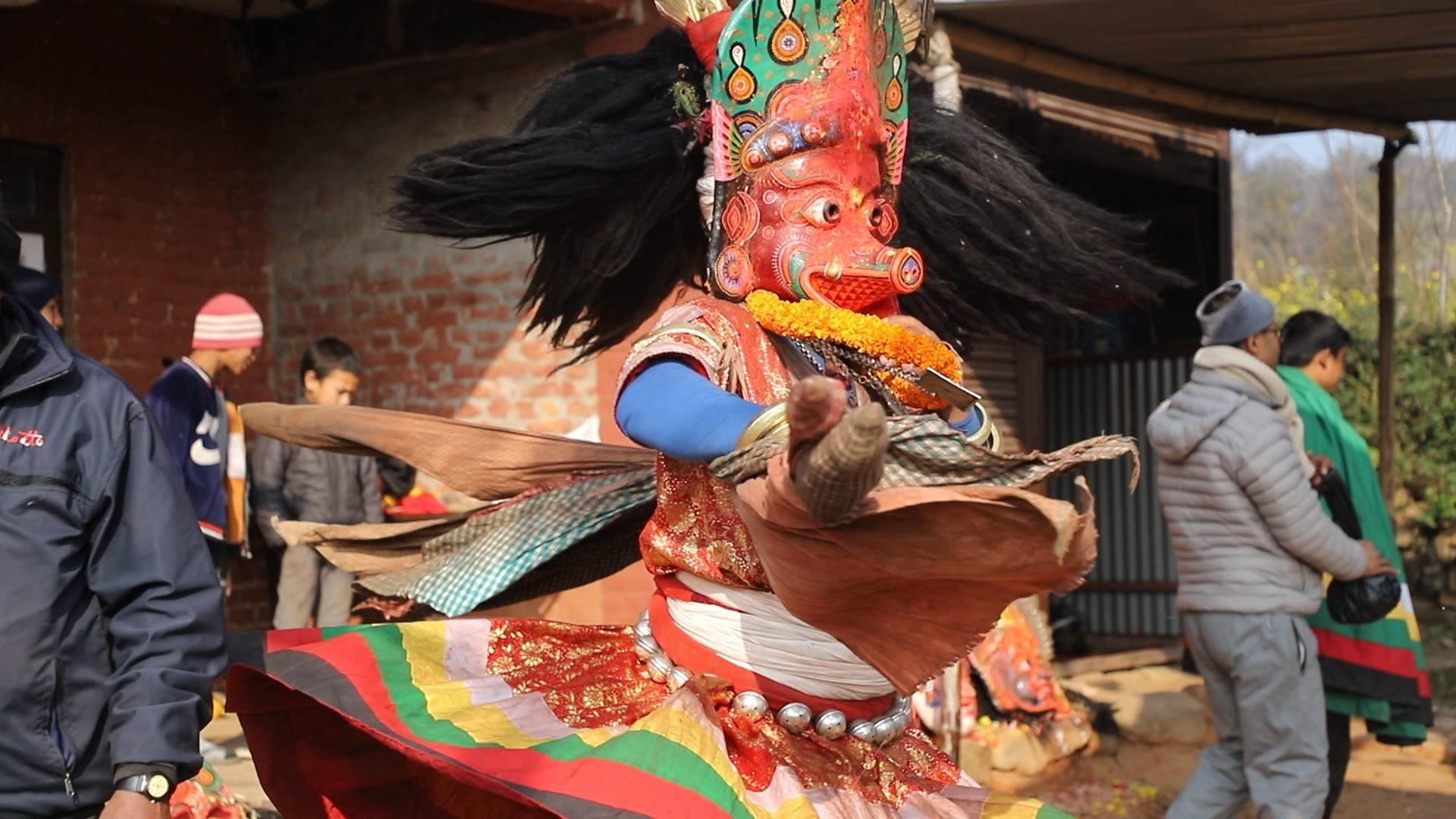

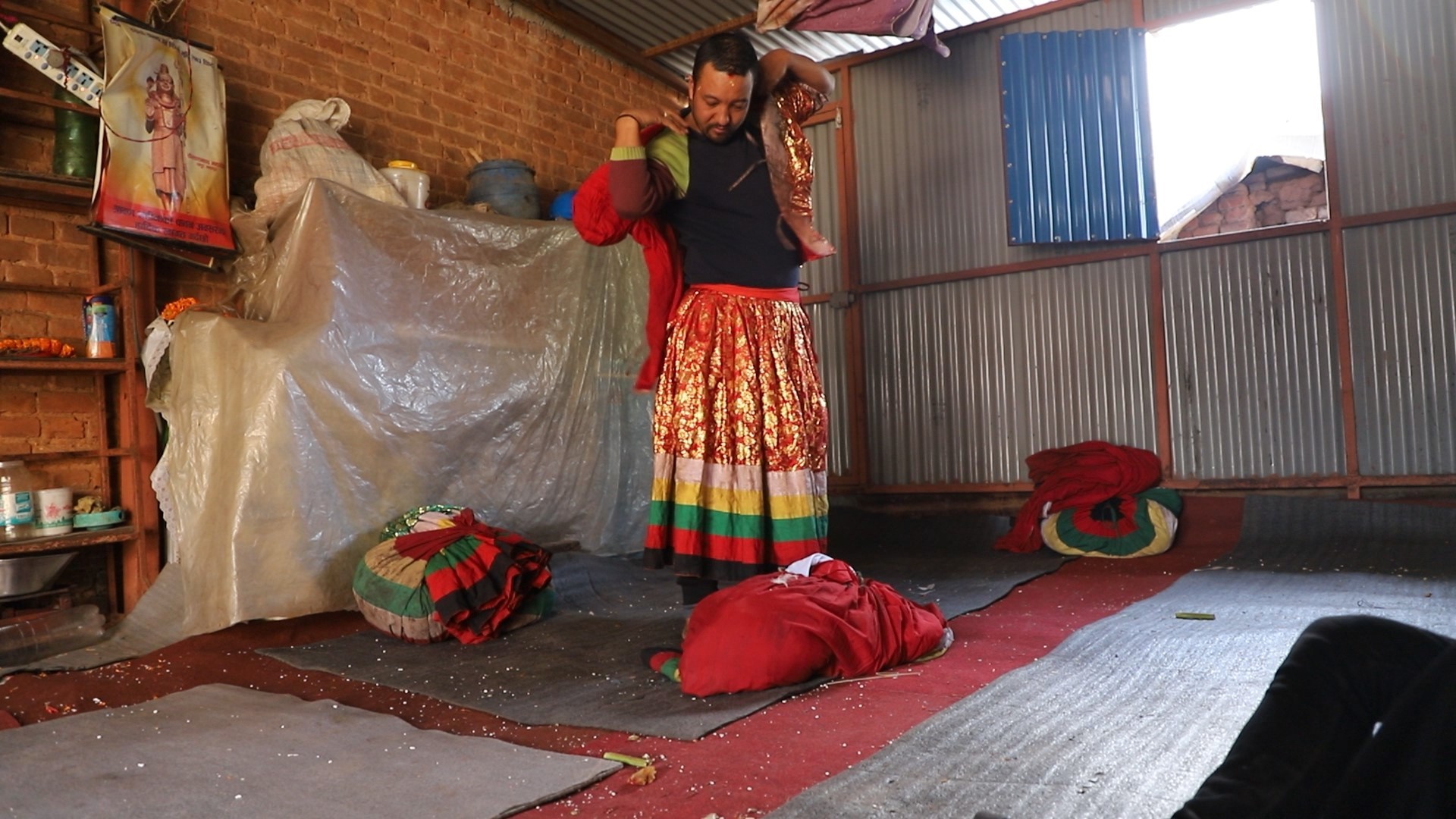
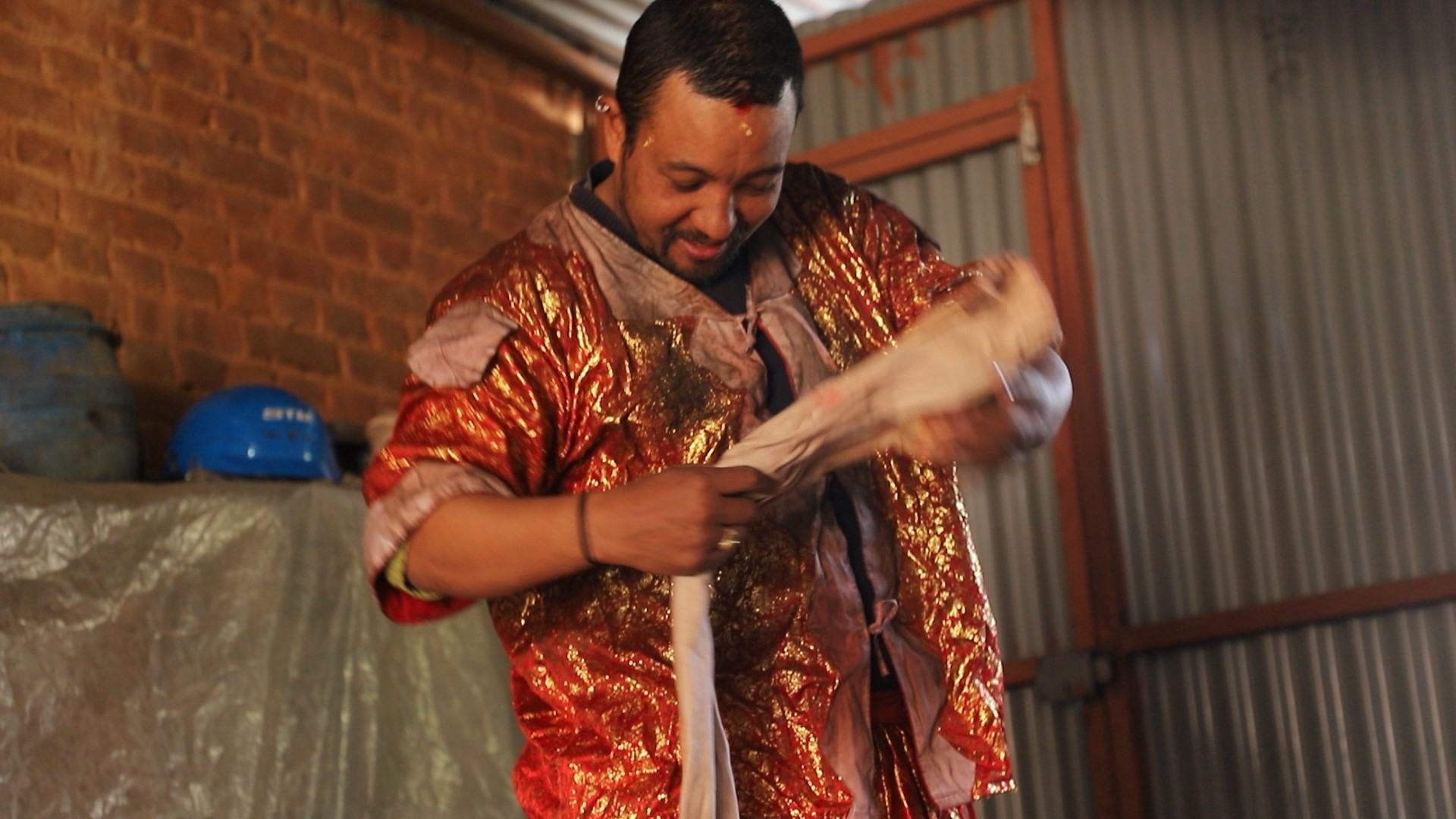
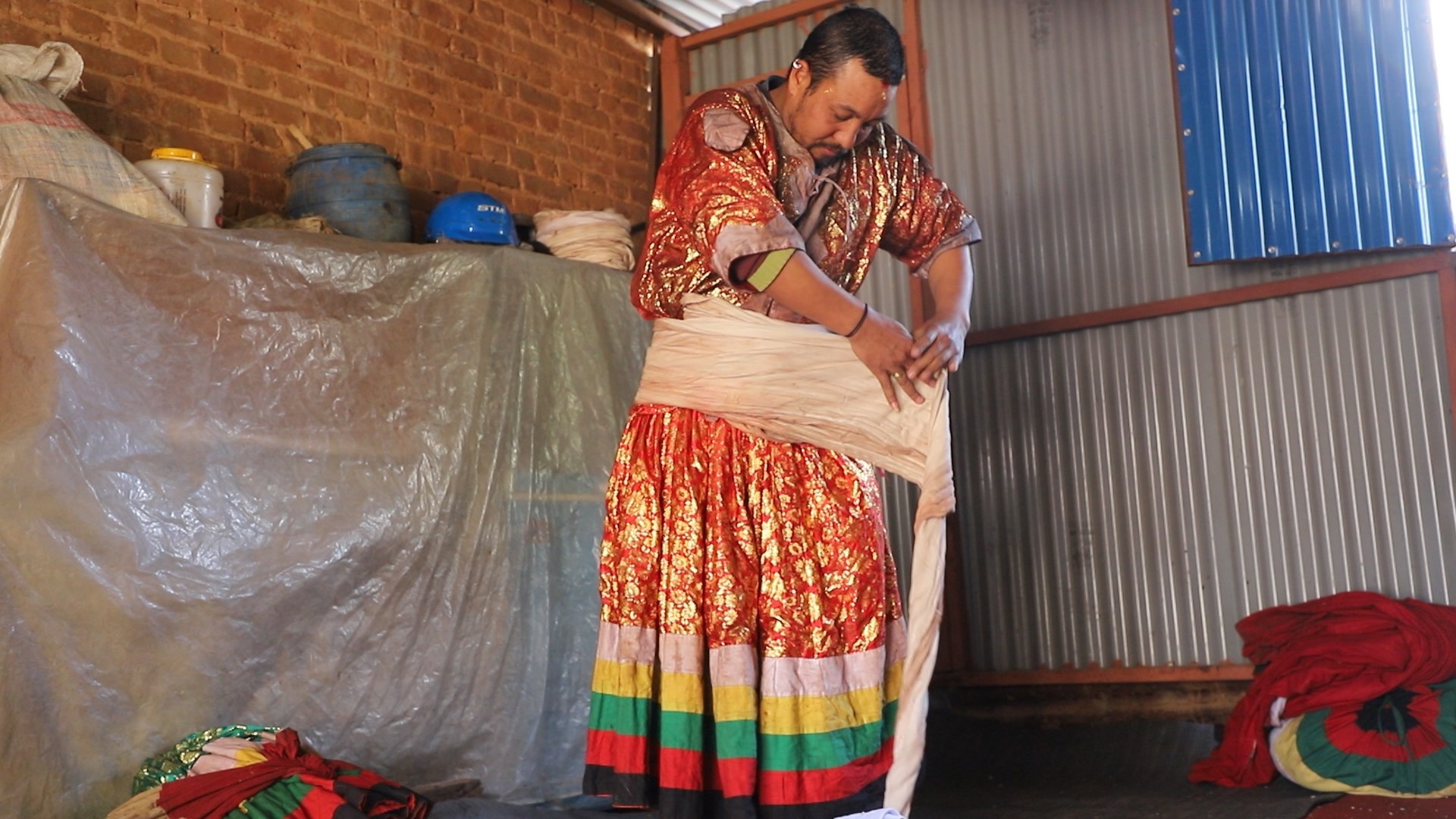
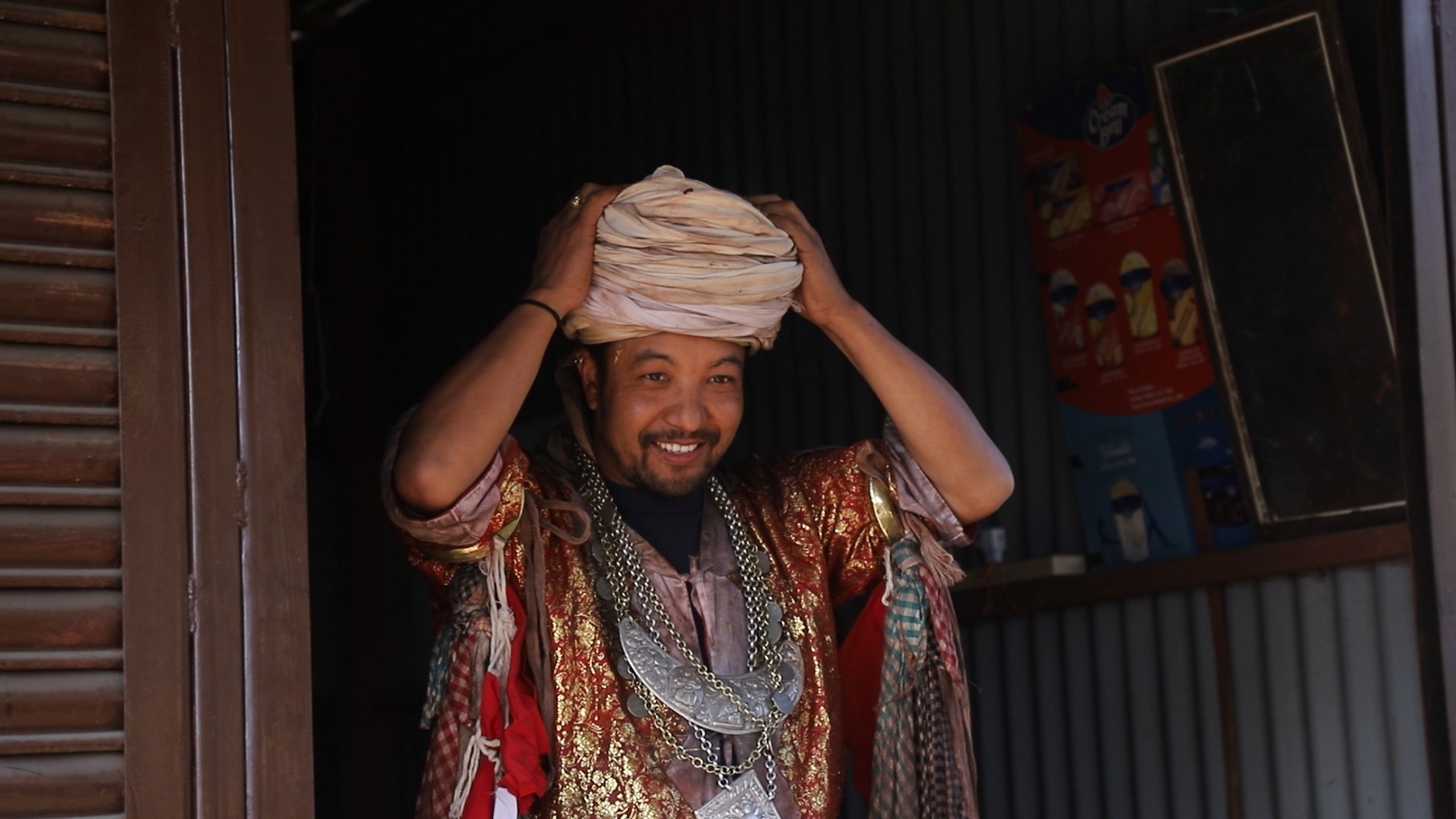
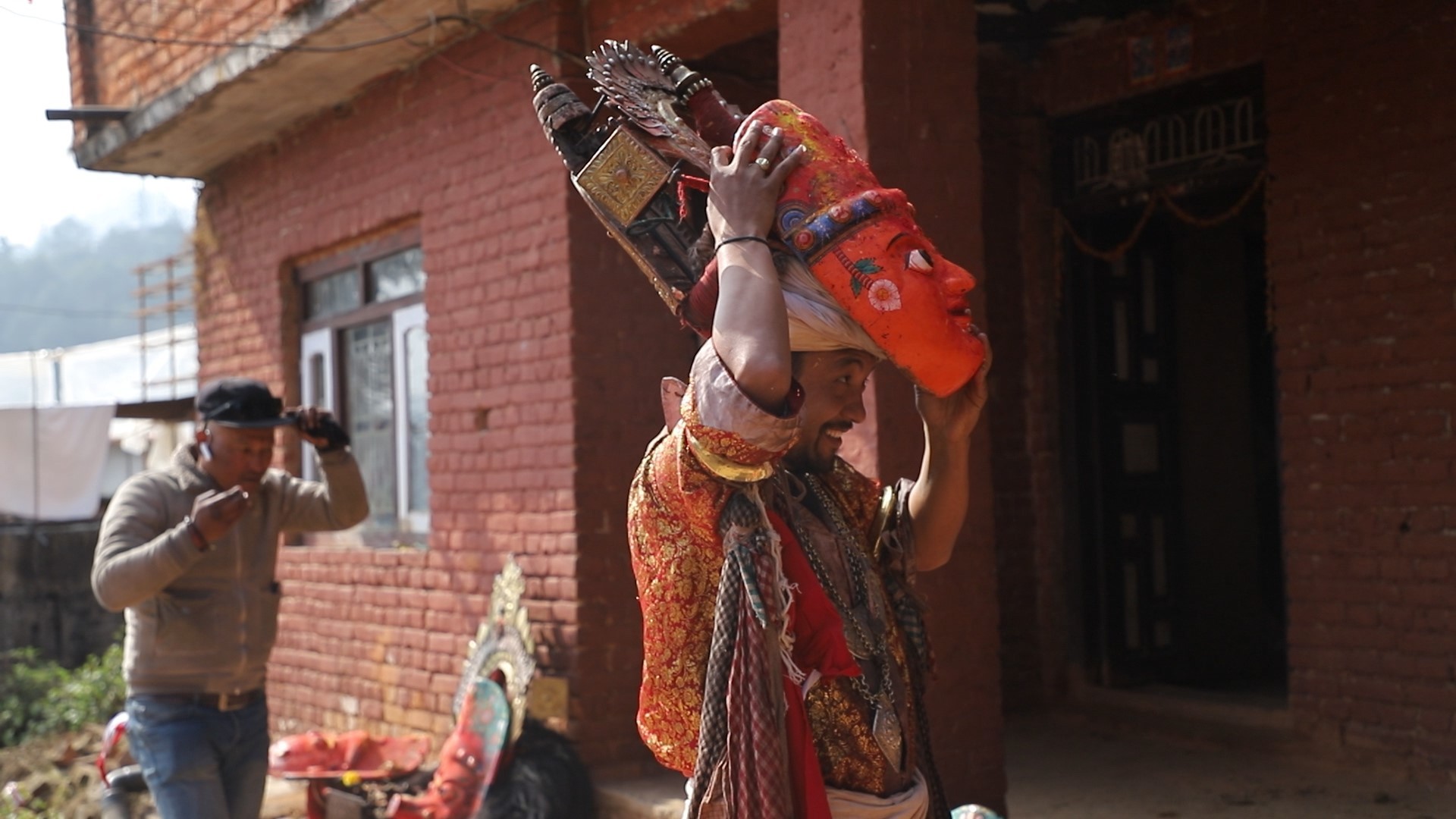
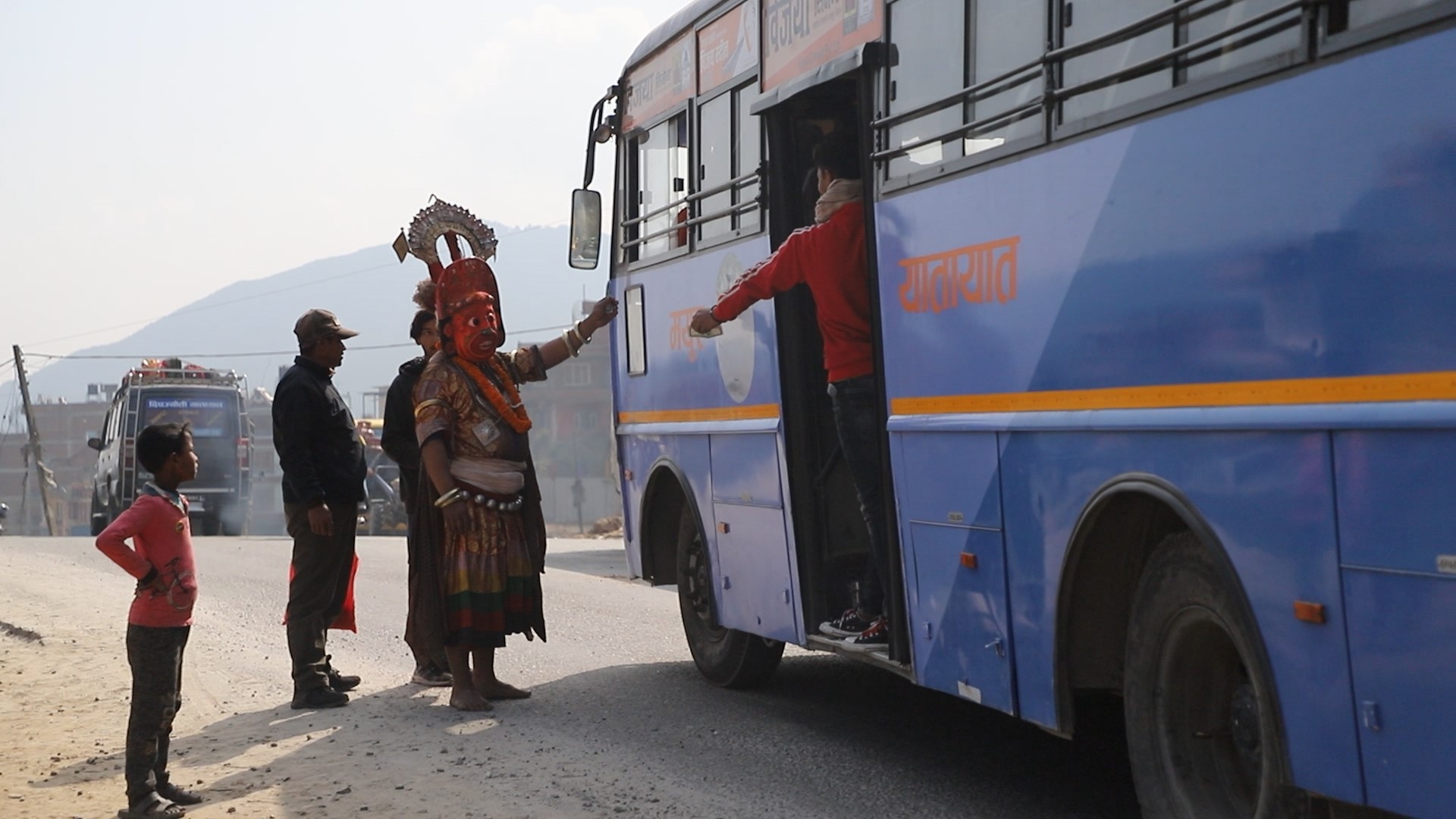
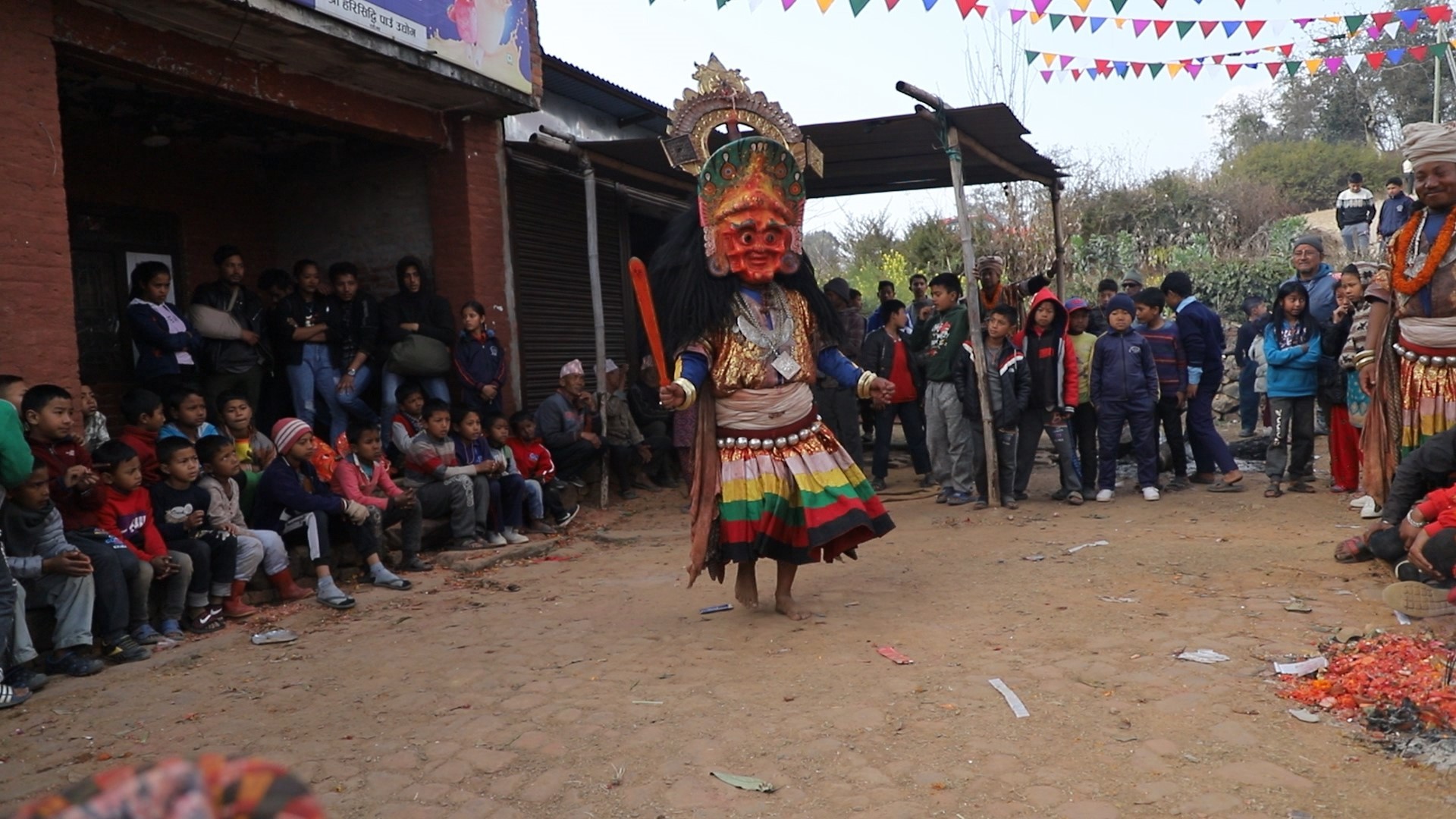
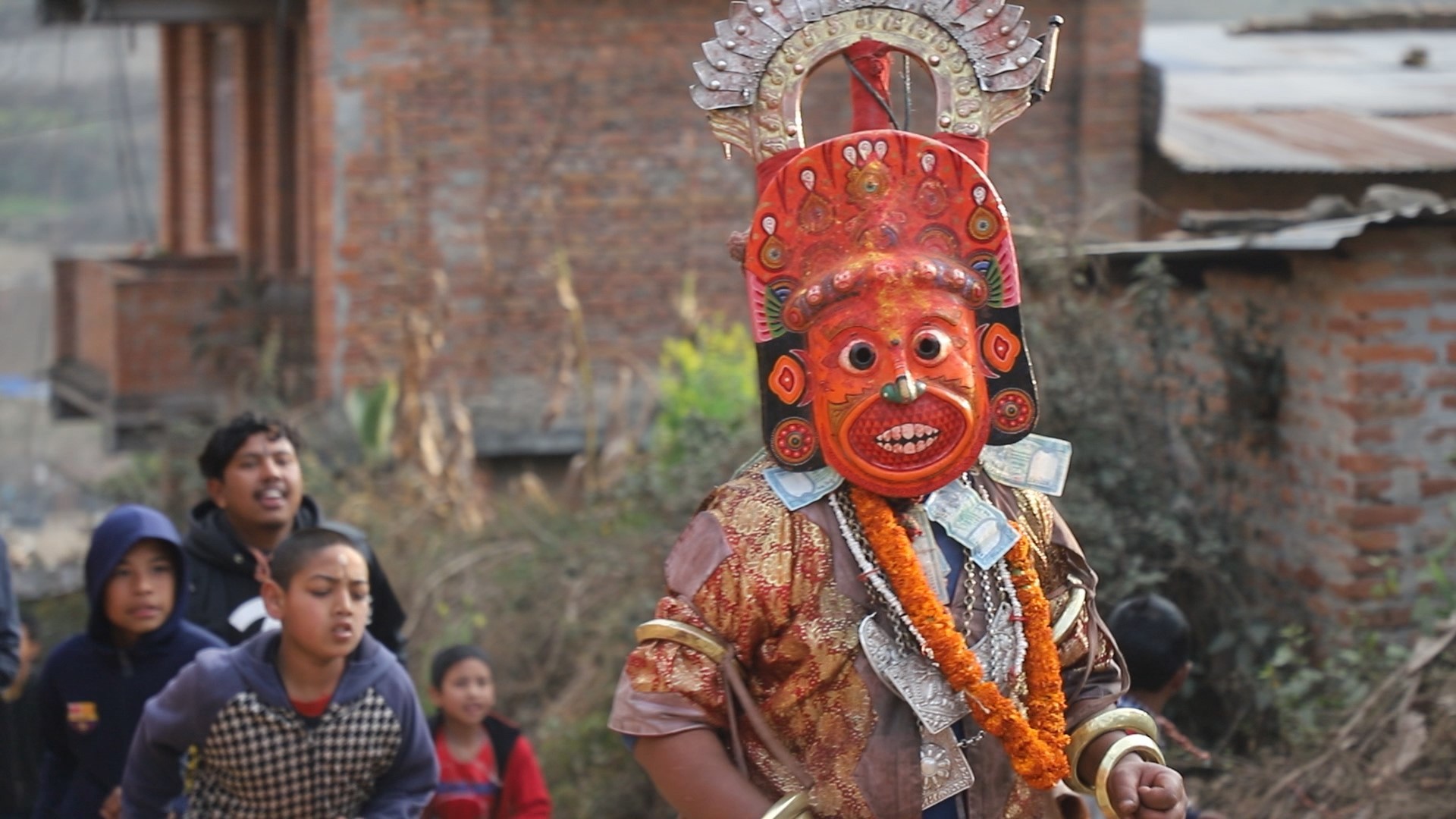
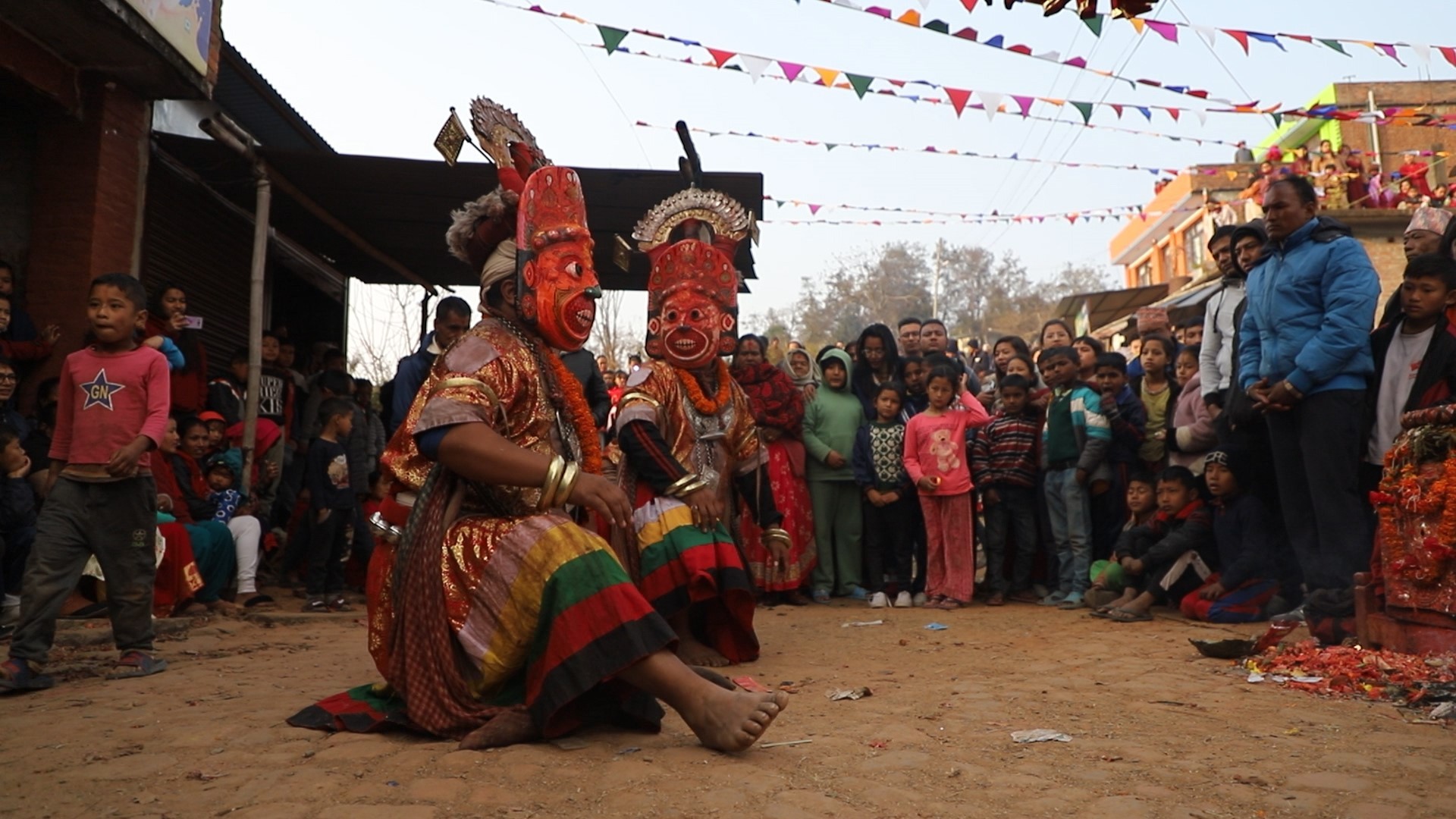
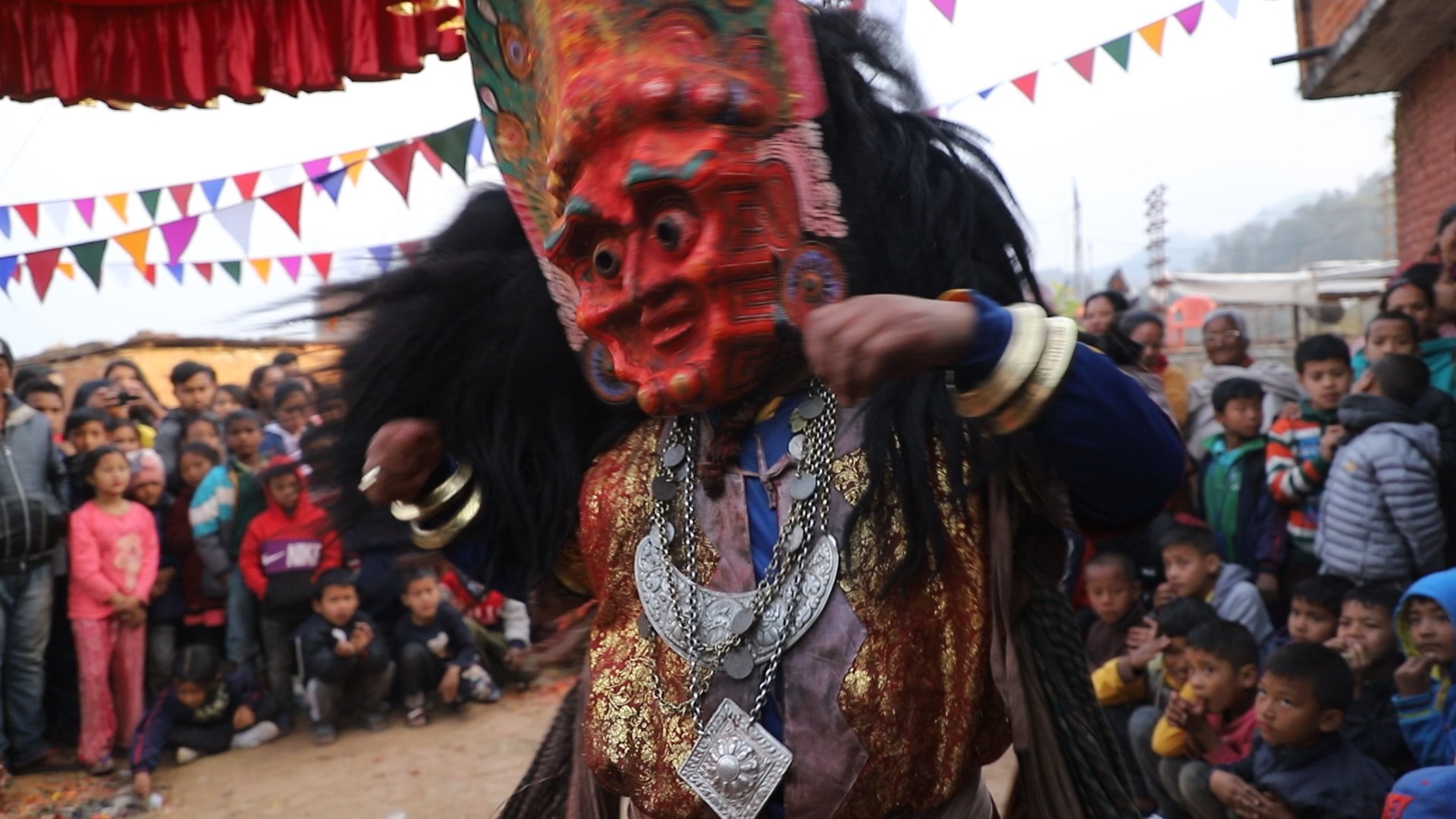

Designed & Developed by: Curves n' Colors | Visual identity by: Wkshps


